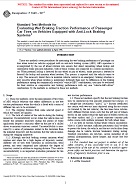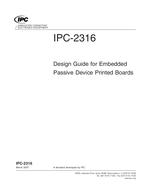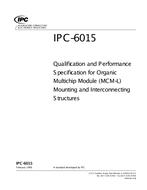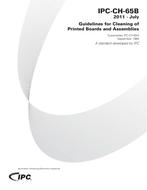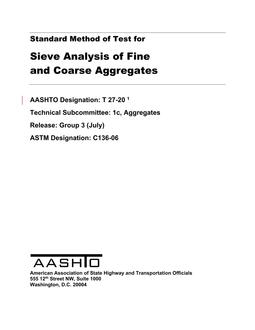ASTM F1649-96e1
$39.00
Standard Test Methods for Evaluating Wet Braking Traction Performance of Passenger Car Tires on Vehicles Equipped with Anti-Lock Braking Systems
standard by ASTM International, 04/10/1996
Description
1.1 These test methods cover the measurement of two types of ABS vehicle behavior that reflect differences in tire wet traction performance when the vehicle is fitted with a series of different tire sets to be evaluated.
1.1.1 The stopping distance from some selected speed at which the brakes are applied.
1.1.2 The lack of control of the vehicle during the braking maneuver. Uncontrollability occurs when the vehicle does not follow the intended trajectory during the period of brake application despite a conscious effort on the part of a skilled driver to maintain trajectory control. Uncontrollability is measured by a series of parameters related to this deviation from the intended trajectory and the motions that the vehicle makes during the stopping maneuver.
1.1.3 Although anti-lock braking systems maintain wheel rotation and allow for a high degree of trajectory control, different sets of tires with variations in construction, tread pattern, and tread compound may influence the degree of trajectory control in addition to stopping distance. Thus vehicle uncontrollability is an important evaluation parameter for tire wet traction performance.
1.2 These test methods specify that the wet braking traction tests be conducted on two specially prepared test courses: ( ) a straight-line (rectilinear) “split-[mu]” ([mu] = friction coefficient) test course, with two test lanes deployed along the test course (as traveled by the test vehicle); the two lanes have substantially different friction levels such that the left pair of wheels travels on one surface while the right pair of wheels travels on the other surface; and ( ) a curved trajectory constant path radius course with uniform pavement for both wheel lanes.
1.3 As with all traction testing where vehicle uncontrollability is a likely outcome, sufficient precautions shall be taken to protect the driver, the vehicle, and the test site facilities from damage due to vehicle traction breakaway during testing. Standard precautions are roll-bars, secure mounting of all internal instrumentation, driver helmet, and secure seat belt harness, etc.
1.4 This standard does not purport to address all of the safety concerns, if any, associated with its use. It is the responsibility of the user of this standard to establish appropriate safety and health practices and determine the applicability of regulatory limitations prior to use.
Product Details
- Published:
- 04/10/1996
- Number of Pages:
- 11
- File Size:
- 1 file , 110 KB
- Note:
- This product is unavailable in Russia, Ukraine, Belarus

